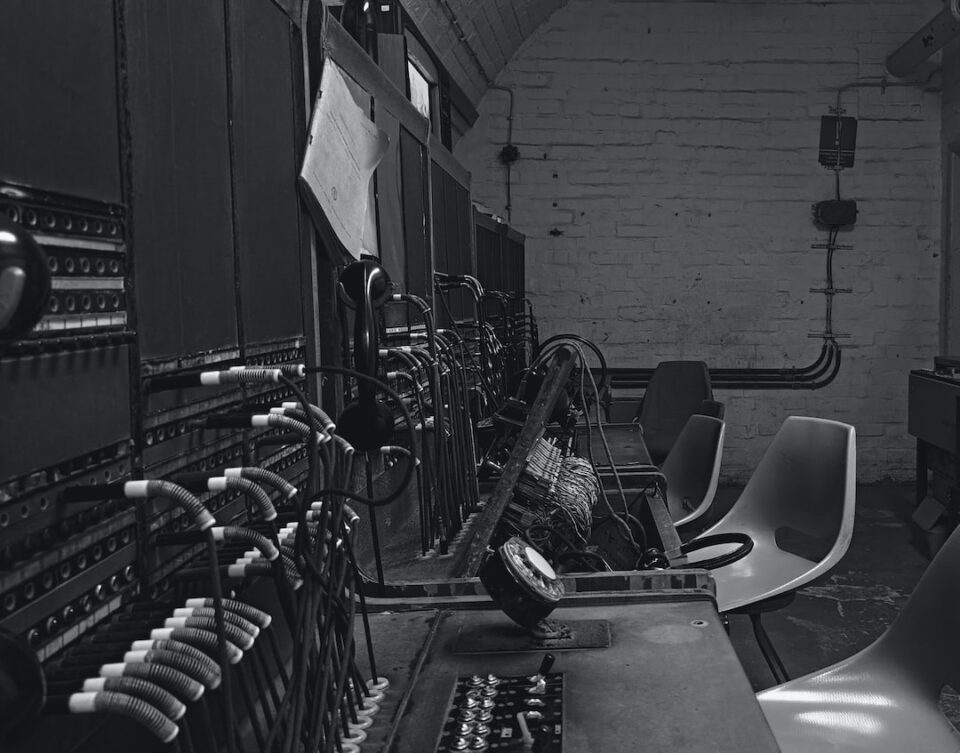Network Cabling Technicians are responsible for installing, maintaining, and repairing network cabling systems used in various industries. These systems provide the backbone for efficient data transmission between different devices. However, even the most experienced network cabling technicians can make mistakes that can compromise the reliability and performance of the network. Here are five common network cabling mistakes and how to avoid them.
1. Improper Cable Management
Cable management is a critical aspect of network cabling installation. Poor cable management practices can lead to cable damage, termination errors, and increased interference. One common mistake is leaving cables hanging loosely and not securing them in an organized manner. Network cabling technicians should ensure that cables are properly bundled, labeled, and routed to avoid tangling or interfering with one another.
2. Incorrect Cable Length
Using cables that are too short or too long can cause failures or errors in the network. Network cabling technicians must take precise measurements to avoid such mistakes. Using excessive lengths of cable also increases the chances of interference and signal loss. It is important to use the right length of cable for each installation to ensure optimal network performance.
3. Using Incorrect Cable Types
There are different types of network cables suitable for different purposes. Using the wrong type of cable can lead to slow data transmission, network outages, or incompatibility issues. Network cabling technicians should be knowledgeable about the specifications and characteristics of various cable types and choose the most appropriate one for each installation.
4. Poor Cable Routing
Routing cables through unstructured pathways or areas with high electromagnetic interference (EMI) can cause signal degradation or complete signal loss. It is vital to properly plan and route cables to minimize their exposure to EMI sources such as power cables or radio transmitters. Network cabling technicians should conduct a thorough site survey to identify potential sources of EMI and route cables accordingly.
5. Improper Labeling
Cable labeling is essential for efficient network management and troubleshooting. It is crucial to label cables correctly, indicating the type, location, and purpose of each cable. Network cabling technicians must ensure that the labeling is clear, uniform, and easily visible. Poor cable labeling can cause confusion, time wastage, and errors in network maintenance and upgrades.
In conclusion, network cabling technicians play a critical role in ensuring that network cabling systems function optimally. By avoiding these common mistakes, they can deliver top-quality installations and maintenance services that meet the client’s needs and expectations. By adhering to industry standards and best practices, network cabling technicians can minimize network downtime, improve performance, and ultimately ensure customer satisfaction.
Publisher Details:
Network Cabling Technicians | Averette Technologies
https://www.averettetech.com/
Averette Technologies is a leading technology installation solutions provider specializing in a wide range of installation services to meet the needs of your businesses. Whether you need IT support, security camera installed, or technology devices installed, Averette Technologies is your trusted partner for all your cabling and hardware installation needs.


